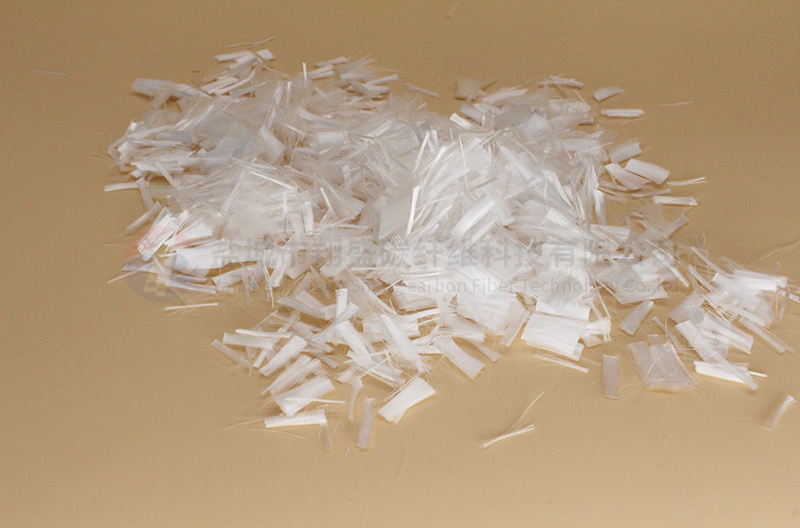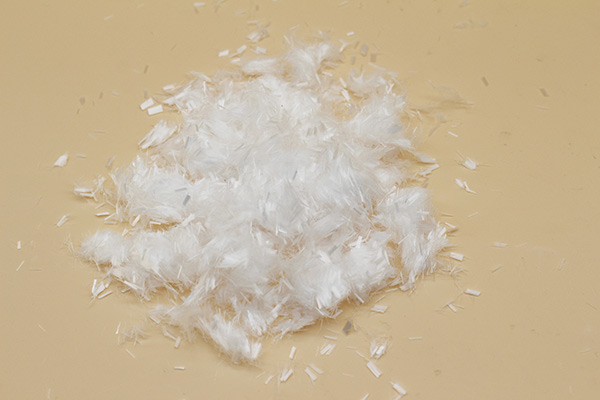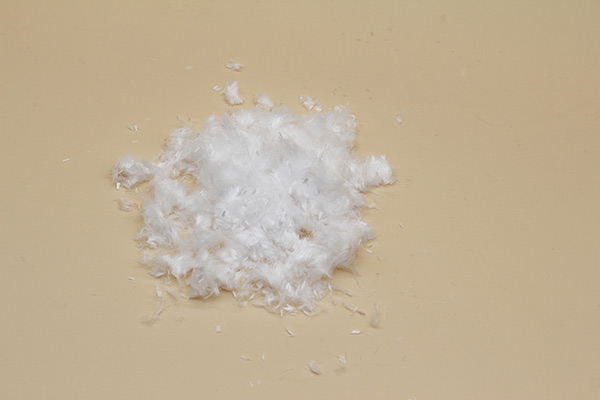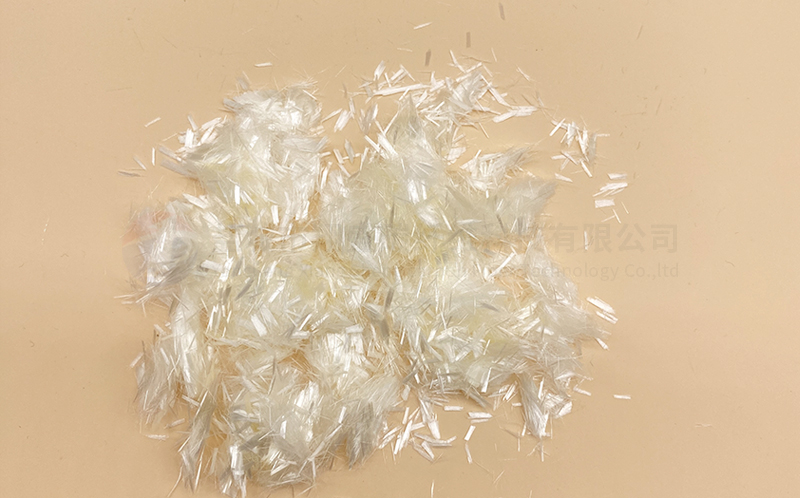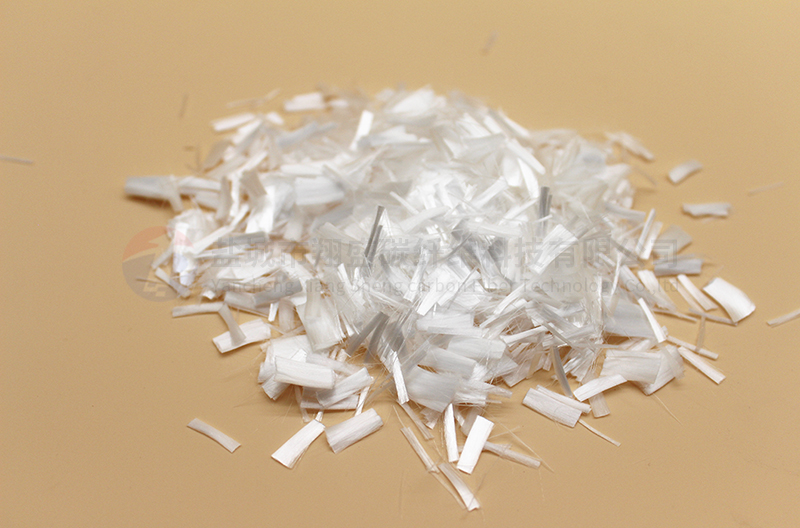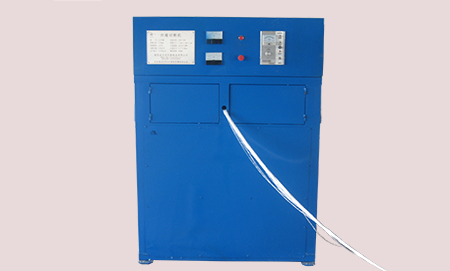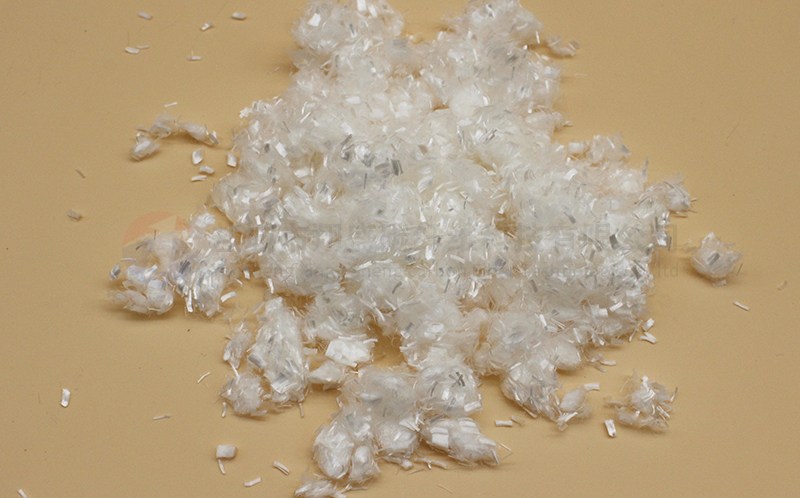- Comprehensive Analysis of Short-cut Carbon Fiber Applications: High-performance Materials Empowering Lightweight Upgrades in Multiple Fields!
- Short-cut carbon fiber: Multiple performance advantages lead material upgrades!
- Chopped carbon fiber: Functional reinforcing material for composite materials!
- "Black Technology Fibers" in Frosty Weather!
- Short-cut carbon fiber: The black Cornerstone reshaping the world of materials!

- Contact:Mr. Hu
- Cellphone:0086 - 18021868999
- Telphone:0086 - 0515-82230000
- Email:826955488@qq.com
- Address:No.1, Tonggang Road, science and Technology Park, Haitong Town, Sheyang County, Yancheng City, Jiangsu Province
Polypropylene engineering fiber
Polypropylene engineering fibers are fibers synthesized from polypropylene and other raw materials. After adding polypropylene engineering fibers to concrete, the fibers can easily and evenly disperse into the concrete to form a disorderly support system, dispersing the directional stress of the concrete, preventing the occurrence and development of original cracks in the concrete, eliminating or reducing the number and scale of original microcracks, greatly improving the crack resistance and permeability resistance of the concrete, improving the toughness of the concrete, and thus extending the service life of the concrete.
Inquiry Now
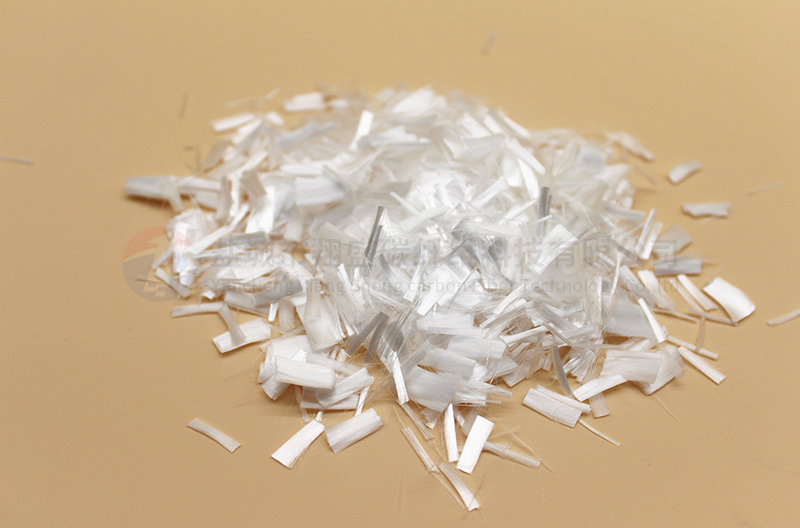
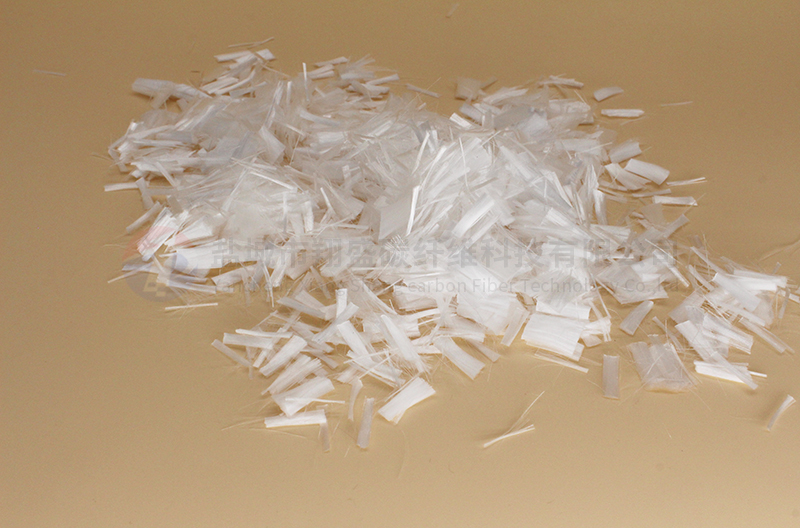
Polypropylene engineering fibers are fibers synthesized from polypropylene and other raw materials. After adding polypropylene engineering fibers to concrete, the fibers can easily and evenly disperse into the concrete to form a disorderly support system, dispersing the directional stress of the concrete, preventing the occurrence and development of original cracks in the concrete, eliminating or reducing the number and scale of original microcracks, greatly improving the crack resistance and permeability resistance of the concrete, improving the toughness of the concrete, and thus extending the service life of the concrete.
The main functions of polypropylene engineering fibers:
1.Prevent the occurrence of concrete cracks
2. Improving the impermeability of concrete
3. Improving the freeze-thaw resistance of concrete
4. Improve the impact resistance, bending resistance, fatigue resistance, and seismic performance of concrete
5. Improve the durability and aging resistance of concrete
6. Improving the fire resistance of concrete
Polypropylene engineering fiber: lightweight, high strength, good elasticity, wear resistance, corrosion resistance, electrical insulation and warmth retention.
Polypropylene engineering fiber application fields: magnesite board, refractory material customers, concrete industry, mortar industry.
Yancheng Xiangsheng Carbon Fiber Technology Co., Ltd. specializes in the production of carbon fiber filament, cut carbon fiber, carbon fiber powder, loose carbon fiber, conductive carbon fiber, carbon fiber short fiber, armixed fiber, high strength and high modulus polyethylene short fiber, polyacrylonitrile engineering fiber, fiber cutting machine, fiber cutting machine, polypropylene short fiber, polyester engineering fiber, polypropylene engineering fiber.
-

Yancheng Xiangsheng Carbon Fiber Technology Co., Ltd.
-

Mr. Hu
-

0086 - 18021868999
-

826955488@qq.com


